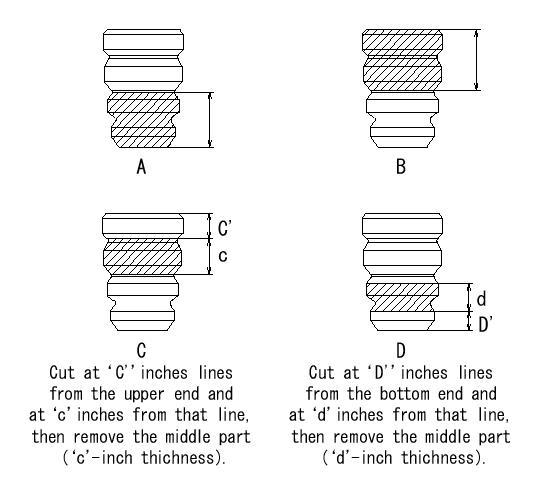Guys:
It looks like there is conflicting info out there on whether or not to trim the bump stops while installing lowering springs. Some say they don't and there are no ill effects. Some say they do to help prevent their shocks from bottoming out and to comply with manufacturer recommendations. And others have said that the model 3 OEM shocks have such little clearance that the bump stops are essentially an integrated part of the suspension and need to be left as-is.
If you have lowering springs on stock shocks on your model 3 (doesn't matter what trim or brand/version of lowering springs), please complete the survey below. Please don't complete the survey if you haven't installed lowering springs on your stock shocks yet!
Post a comment below if you are unhappy with your decision (as noted in the survey)
It looks like there is conflicting info out there on whether or not to trim the bump stops while installing lowering springs. Some say they don't and there are no ill effects. Some say they do to help prevent their shocks from bottoming out and to comply with manufacturer recommendations. And others have said that the model 3 OEM shocks have such little clearance that the bump stops are essentially an integrated part of the suspension and need to be left as-is.
If you have lowering springs on stock shocks on your model 3 (doesn't matter what trim or brand/version of lowering springs), please complete the survey below. Please don't complete the survey if you haven't installed lowering springs on your stock shocks yet!
Post a comment below if you are unhappy with your decision (as noted in the survey)
Last edited:



